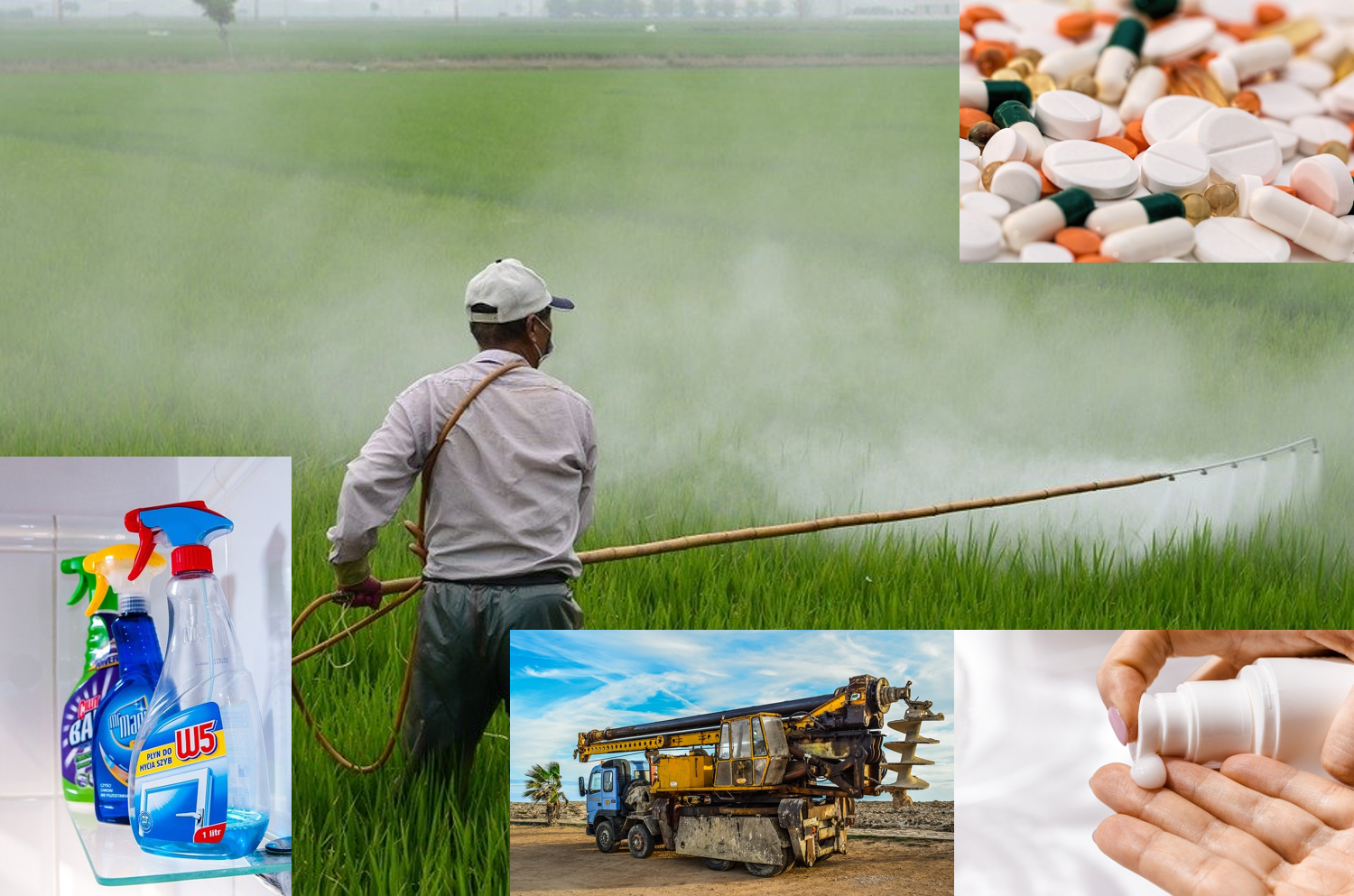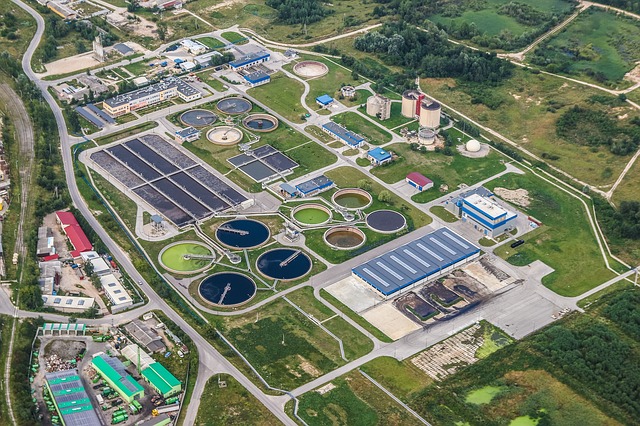Why Are Biodegradability Tests Important?
Why are biodegradation tests important?
A large amount of chemicals are produced and released into the environment every year, such as pesticides, herbicides, dyes, and antibiotics, a large portion of which could potentially pose threat to the environment. Chemicals such as chlordane and dieldrin have been removed from the market due to their persistence, bioaccumulation, and toxicity (PBT) properties; in the meantime, regulations have been made to restrict the introduction of PBT substances from entering the market in the first place.1

Figure 1. Example pictures showing some of the materials in our daily life that may not be biodegradable, resulting in harmful effects on the environment

Figure 2. Example chemicals that have persistence, bioaccumulation, and toxicity (PBT) properties
Among the PBT properties, persistence is usually the leading reason resulting in slow degradation in the environment. The accumulation of certain chemicals could potentially be harmful due to continuous exposure and increasing concentrations in the surroundings.2
Despite many other transportation processes for the removal of these chemicals such as adsorption, photodegradation, and redox reaction, the biodegradation has been considered as the most fundamental process for the ultimate elimination of PBT chemicals from the environment.
Therefore, biodegradation tests before the introduction of these chemicals to the market has been required by a number of organizations, including Organization for Economic Co-operation and Development (OECD), International Organization for Standardization (ISO), Japanese Ministry of International Trade and Industry (MITI), National Institute of Technology and Evaluation (NITE), European Union (EU), and United States Environmental Protection Agency (US-EPA).
Please visit the page Biodegradation Test Method Overview to check out the corresponding standard methods established by these organizations for biodegradation tests, including OECD 301, OECD 302, OECD 303, EPA OTS 796, EU Method C.4, ISO DIS, etc.

Figure 3. Municipal wastewater treatment plant. Biodegradation is the single most important approach for the elimination of organic pollutants from the environment
References
- Cheng, F.; Ikenaga, Y.; Zhou, Y.; Yu, Y.; Li, W.; Shen, J.; Du, Z.; Chen, L.; Xu, C.; Liu, G.; Lee, P. W.; Tang, Y. In silico assessment of chemical biodegradability. J. Chem. Inf. Model. 2012, 52 (3), 655-69.
- Mansouri, K.; Ringsted, T.; Ballabio, D.; Todeschini, R.; Consonni, V. Quantitative structure-activity relationship models for ready biodegradability of chemicals. J. Chem. Inf. Model. 2013, 53 (4), 867-78.